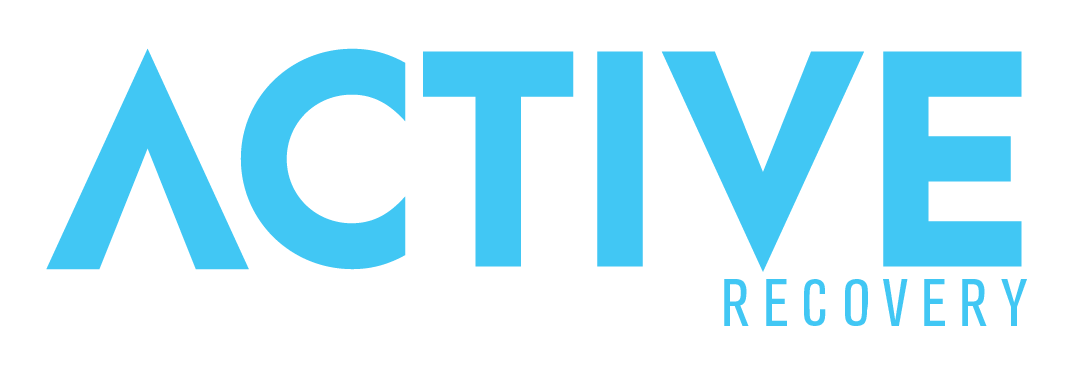Last Updated on June 26, 2024


Harm avoidance (HA) describes a personality trait characterized by a tendency to be cautious, fearful, or aversive of potential danger or harm. As a result, individuals with harm avoidance often display behaviors that appear throughout other mental health issues like anxiety disorder. This article will provide insight into what is HA personality, how it’s linked with other disorders, and how to deal with it.
Active Recovery Companions provides personalized mental health and sober companions to help you navigate life’s challenges and develop healthy coping mechanisms. As trained companions, we support clients in building confidence and adopting healthier habits. If you or a loved one needs support, don’t hesitate to reach out to Active Recovery Companions for the compassionate assistance you deserve.
Researchers often study harm avoidance within temperament and character psychology, and they classify it as one of the main dimensions of temperament. Both genetic and environmental factors, influence harm avoidance, and this varies among individuals.
Since HA is part of an individual’s temperament and character, we can assess it through personality tests like the Tridimensional Personality Questionnaire (TPQ) and the Temperament and Character Inventory (TCI).
Some of the behaviors an individual with a high level of harm avoidance would exhibit include:
Excessive worrying
Fear or avoidance of risky situations
Doubtful
Difficulty trusting others
Desire for predictability or sense of control
Getting easily fatigued
Strong desire for safety and security
Studies show that harm avoidance increases the risk of developing mental health conditions such as anxiety disorders, panic disorder, and specific phobias. The more we avoid potential harm, the higher our perception of threat or danger becomes. Understanding harm avoidance offers valuable insight into treating these conditions and underscores the importance of addressing this temperament and character dimension in clinical practice.
HA is significantly correlated with anxiety disorders, as individuals with high harm avoidance often perceive situations as more threatening than they are. This behavior is closely linked to trait anxiety, where people consistently worry about potential harm.
Several studies demonstrate that individuals with higher scores in HA assessment tests show significant differences in symptoms of anxiety compared to those with lower total scores. These personality traits contribute to the development and persistence of symptoms related to anxiety disorders.
Understanding these connections helps clinicians develop more effective ways to treat anxiety and other mental health conditions like depression. By addressing harm avoidance in clinical practice, mental health professionals can help patients reduce their anxiety and improve overall mental health.
Individuals with obsessive-compulsive disorder (OCD) often use avoidance as a coping mechanism. OCD is a mental health disorder characterized by recurring thoughts and repetitive behaviors. Higher scores in harm avoidance assessments are positively correlated with the severity of the symptoms of obsessive-compulsive disorder.
OCD causes individuals to engage in compulsive actions to reduce perceived risks, ultimately worsening their condition. For example, someone who fears germs or bodily fluids may cope by avoiding public restrooms altogether.
Individuals with high harm avoidance often exhibit heightened worry and fear, which is characteristic of generalized anxiety disorder (GAD). This is positively correlated with trait anxiety, which leads to persistent anxiety about potential dangers and threats, impacting an individual's quality of life.
Interestingly, studies suggest that patients with GAD often engage in worry and fear to avoid a sudden shift in their emotional state. For instance, a person who is worried about failing an exam maintains this worry. By doing so, they feel compelled to study and prepare for the exam to avoid failure, shifting their emotional state from positive or neutral to negative.
This demonstrates the complex role of harm avoidance in GAD, where individuals may use worry and fear as a coping mechanism to regulate their emotions. Understanding these mechanisms is crucial for developing effective treatments for GAD.
Here are the steps that you can take to overcome harm avoidance:
It’s essential that you consult with a medical professional or expert in psychiatry. They can provide an accurate diagnosis and recommend treatment options that suit your specific needs..
Gradually exposing yourself to stimuli that trigger your HA can help build your resistance. Start with the less intimidating scenarios and gradually increase exposure as you feel more comfortable.
Participate in CBT sessions to learn effective coping strategies and techniques for managing harm avoidance behaviors. These sessions help patients identify the causes of their avoidance and build personalized coping strategies.
Perform meditation and relaxation techniques to reduce anxiety and stress associated with harm avoidance. These techniques can complement your CBT sessions, which helps reduce your trait anxiety and enhance your overall mental well-being.
In some cases, medication for anxiety may be prescribed to help manage the symptoms of harm avoidance and anxiety. Follow your healthcare provider's guidance when taking medication.
Healthy habits, such as a balanced diet, and sufficient sleep can improve your overall mental health. Also, engage in physical activities that help reduce stress and anxiety like exercise and yoga.
Joining a support group offers community and practical coping strategies for those facing HA or anxiety. Seek help and emotional support from family, friends, or even a mental health coach to avoid feeling stuck and overwhelmed.
Active Recovery Companions offers crucial support for individuals struggling with harm avoidance behaviors, including anxiety disorders, depression, and other mental health issues. Our team provides guidance and practical strategies to help you overcome trait anxiety and reclaim control of your life.
Conquering trait anxiety can be daunting, but with the support of an empathetic mental health companion, the journey becomes more manageable. Take the first step towards a life free from harm avoidance. Contact Active Recovery Companions today and begin your path to healing and empowerment.

© 2023, Active Recovery Companions